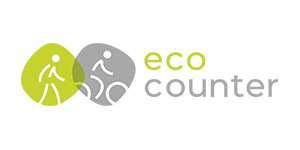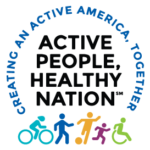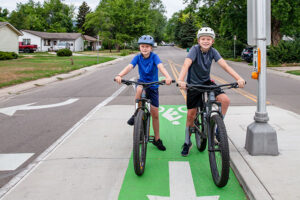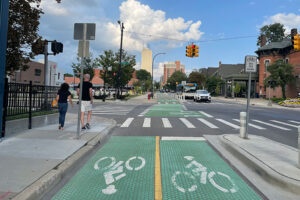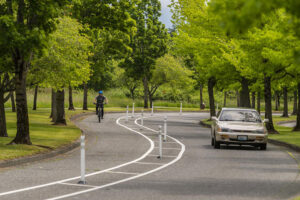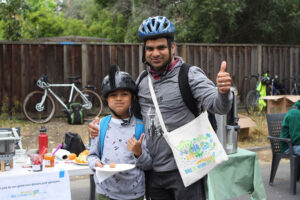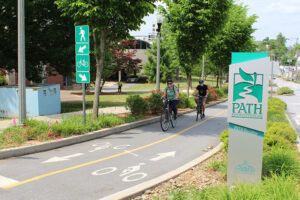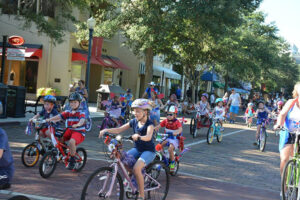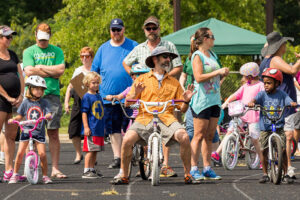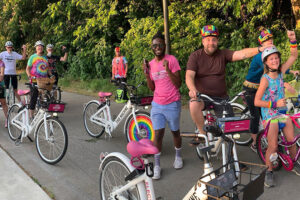Community
Becoming A Bicycle Friendly Community℠ (BFC℠)
Bicycling is more than a practical, cost-effective solution to many municipal challenges. It’s an opportunity to make your community a vibrant destination for residents and visitors — a place where people don’t just live and work, but thrive.
NEXT BFC DEADLINE
The next BFC deadline is June 25, 2024. Learn more here.
The BFC program is generously supported by:
In partnership with:
NEXT BFC DEADLINE
The next BFC deadline is June 25, 2024. Learn more here.
Since 2003:
(as of Feb 2024)
Learn about the 2022 BFC Updates on our blog and in our recent webinars:
- Webinar Recording and chat: General Overview of BFC Application Updates
- Webinar Recording and chat: Introduction to the BFC Program
- Webinar Recording and chat: Deep-Dive into BFC Equity Updates
Using the 5 E Framework, the Bicycle Friendly Community program provides a roadmap to improving conditions for bicycling and guidance to help make your community's vision for a better, bikeable community a reality.
A BFC welcomes bicyclists by providing safe accommodations for bicycling and encouraging people to bike for transportation and recreation. Making bicycling safe and convenient are keys to improving public health, reducing traffic congestion, improving air quality and improving quality of life.
Testimonials
The most positive outcome of our community’s BFC status is more cyclists, as well as a greater variety of cyclists, out and about. There are families cycling together to the park or sports, children biking to school, recreational cyclists, and those who bike for transportation. While we don't have data backing this up, we have seen an increase in demand for more cycling facilities. For instance, schools have had to install more bike racks as the demand rises for children biking to school.
—Greg White, director of Decatur Active Living Board; Decatur, Georgia (Silver)
The community's support for bicycling has been a virtuous cycle. The more infrastructure we construct for bicyclists, the more people bike, and the more demand we see for safe bicycling options.
—Bob Krzewinski, chair for the City of Ypsilanti Non-Motorized Advisory Committee; Ypsilanti, Michigan (Bronze)
Many baby boomers, Gen X, millennials, and Gen Z are interested in living and working in areas that support the desire for outdoor recreation opportunities, and to commute by bike or foot. Being a Bicycle Friendly Community and investing in bicycle and pedestrian trails that connect to recreation, retail spaces, bike lanes, and bike repair stations, local businesses have allowed us to attract those that want to live near and enjoy the city they work in. In turn, this younger workforce contributes to new businesses, events, and growth of the tax base.
—Kathleen Naoum, bicycle coordinator for the City of Thousand Oaks; Thousand Oaks, California (Bronze)
